What feminism really means (Editorial)
In the current political climate, women’s rights have been at the forefront of discussion.
Feminism was once a term that meant equality between the genders. In recent years, it can often be heard being associated with “man-hating.” But feminism isn’t about one gender being better than the other.
The Merriam Webster dictionary defines feminism as being “the theory of the political, economic, and social equality of the sexes” as well as “organized activity on behalf of women’s rights and interest.”
The argument often arises: what rights do women not have? Thinking that feminism or fighting for women’s rights aren’t necessary in modern society is inaccurate. The wage gap between men and women’s salaries still exists. Reproductive rights are one of the most controversial topics of modern day society.
Though the term feminism is a more recent term, the idea behind it goes back to other movements, such as the woman suffrage movement in 1848. Though it lasted until 1920, the movement was successful in allowing women the right to vote. An article published in the Washington Post admitted that “Few would deny the historical reality of male dominance.” Feminist work towards creating a society where women are undeniably treated the same as men.
The Institute for Women’s Policy Research released their study on women’s wages compared to men’s. The study found that “If the earnings of women and men who are employed full-time, year-round change at the rate they have between 1959 and 2015, the gender wage gap in the United States will not close until 2059.” It was predicted that the first state to reach complete pay equality will be Florida in 2038.
The Washington Post claimed that “a lot of feminist rhetoric today does cross the line from attacks on sexism into attacks on men.” While this may be true for some women, this does not define the goals or ideas of feminism itself. Feminism is about both sexes being equal, not one being above the other. It’s stereotypical that women face sexism more often than men. In a perfect world, feminism wouldn’t be necessary and neither sexes would face sexism.
The Civil Rights Movement wasn’t viewed as African Americans hating white people. It was seen for what it was, people fighting for the rights they deserve. Why isn’t it seen this way when women want the same thing?
Disclaimer: Articles designated as “Editorial” represent the views and opinions of the author, not the 2016-2017 Periscope staff, CHS Administration, or the CHS student body.
Want to help the Herd? Please consider supporting the Periscope program. Your donation will support the student journalists of CHS and allow us to purchase equipment, send students to workshops/camps, and cover our annual website hosting costs.
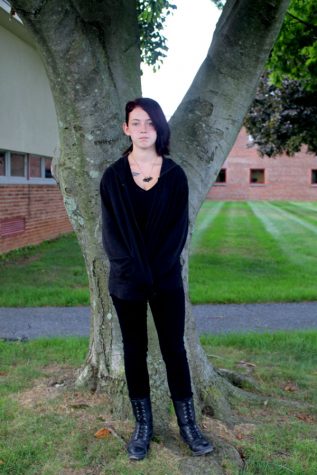
Kenny Brenizer is a junior and the perspectives editor for the 2016-2017 Periscope staff. She does no sports. She has no hobbies. She just wants cats and...








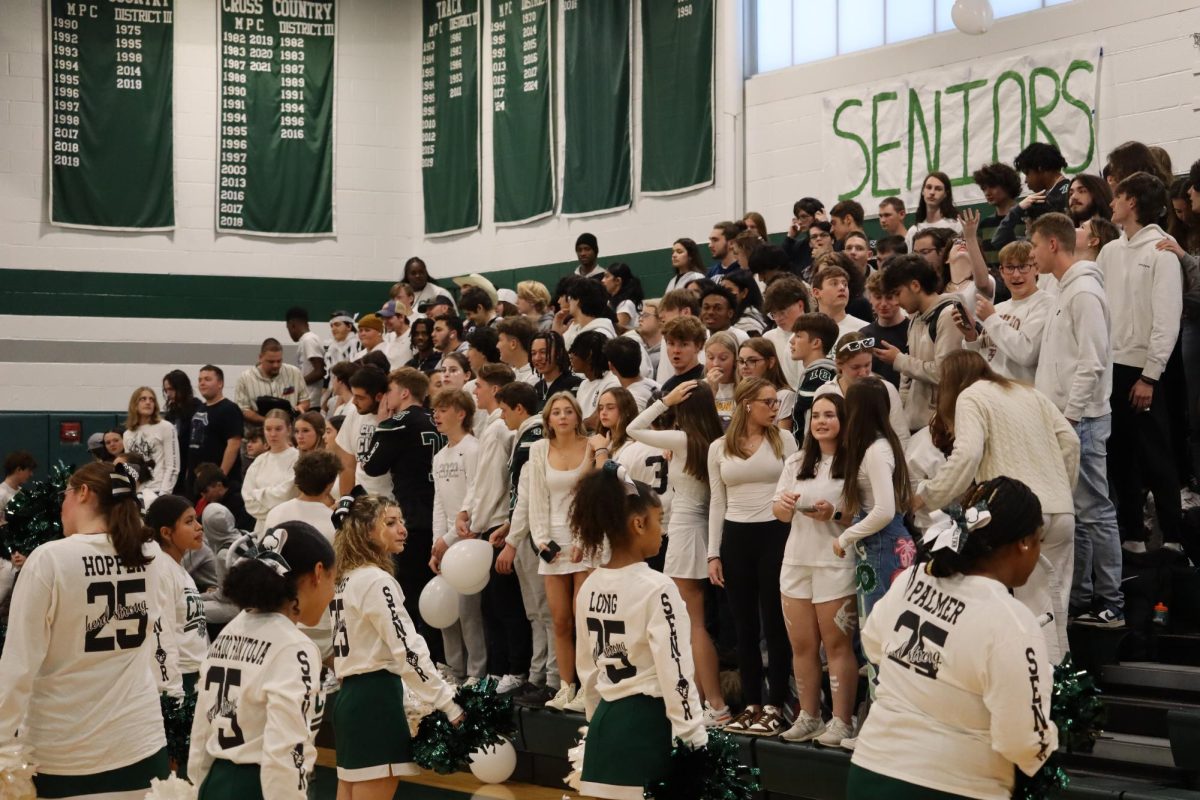


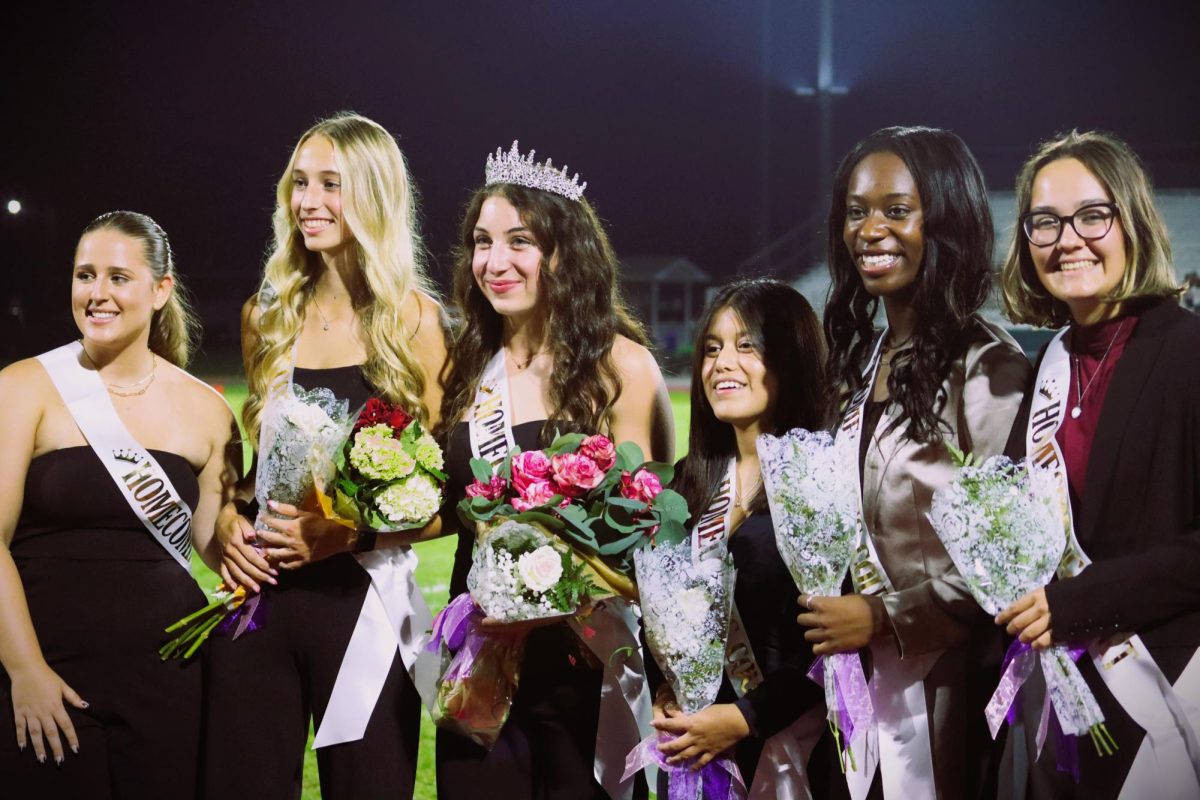




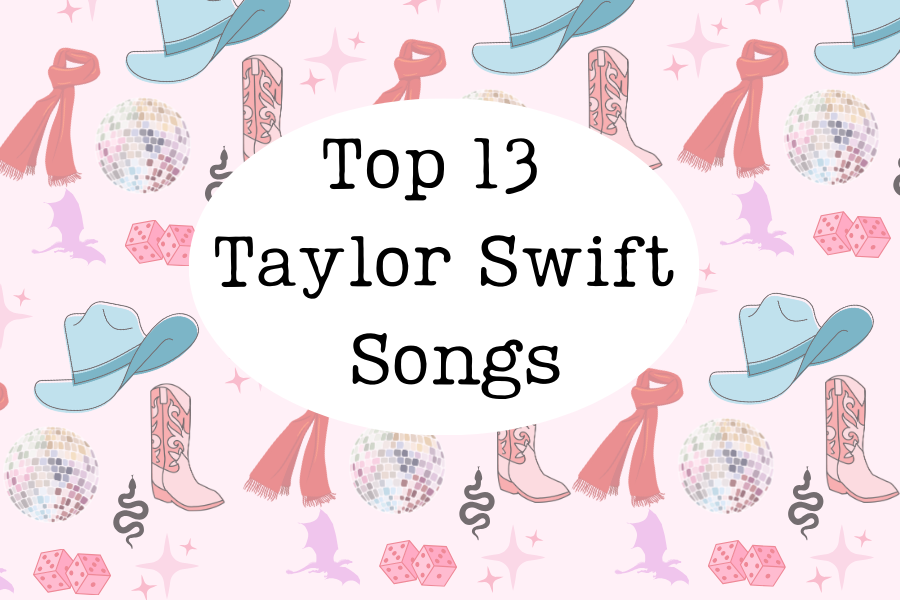





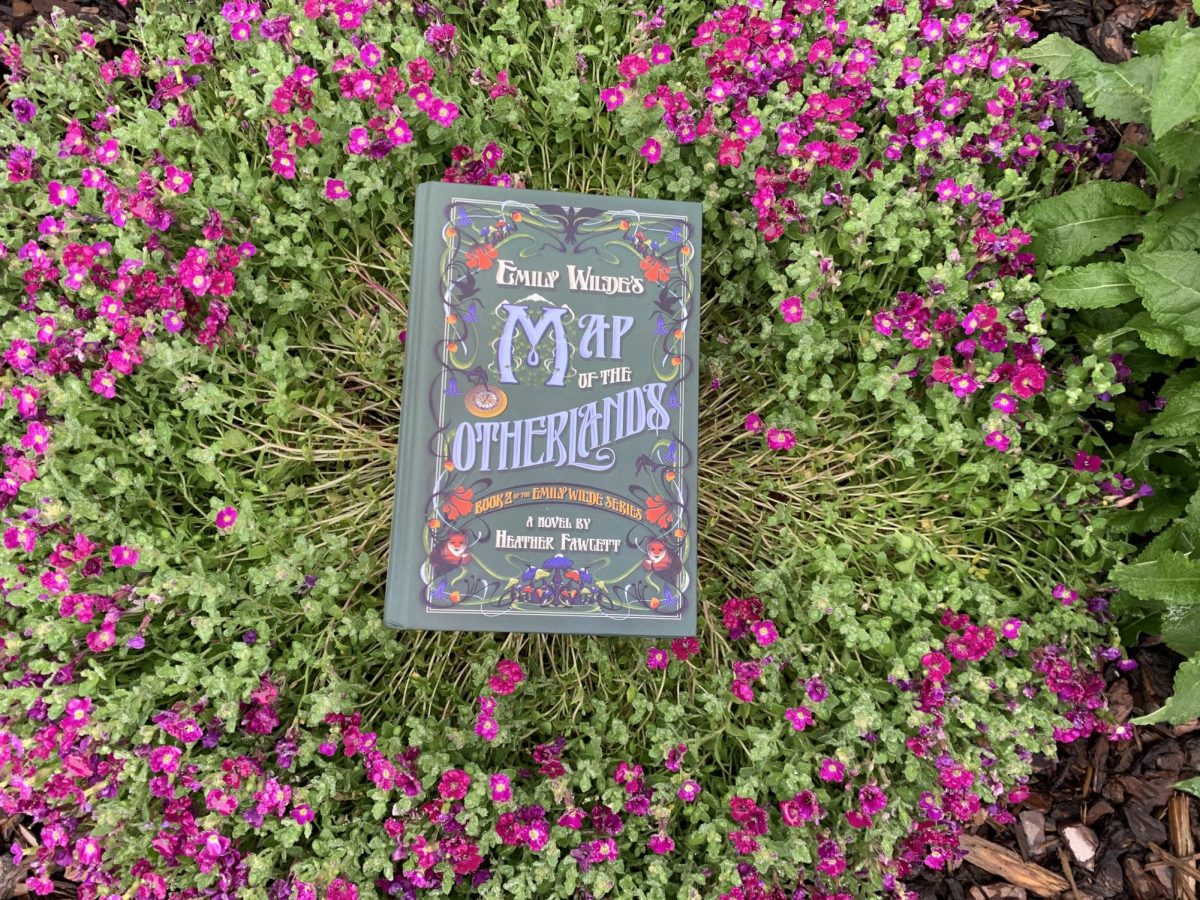










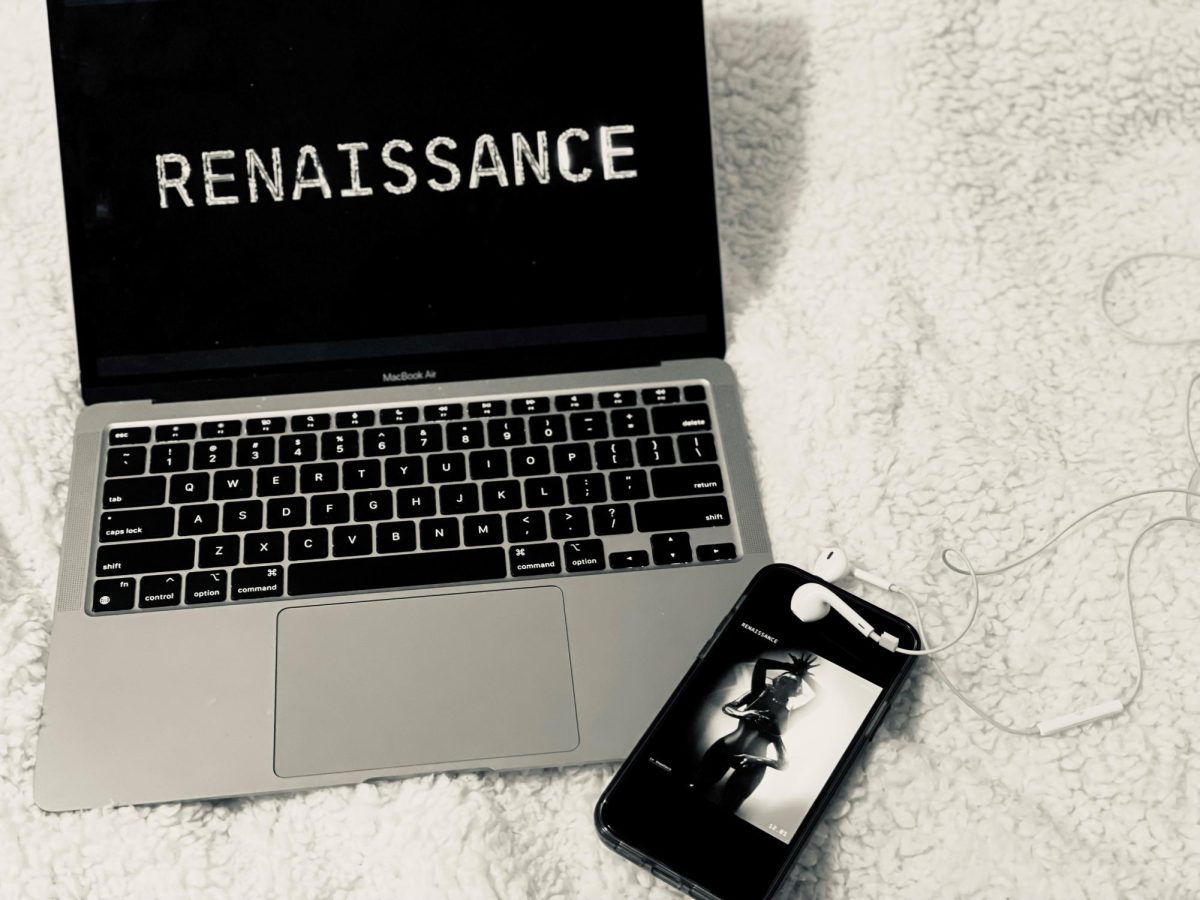



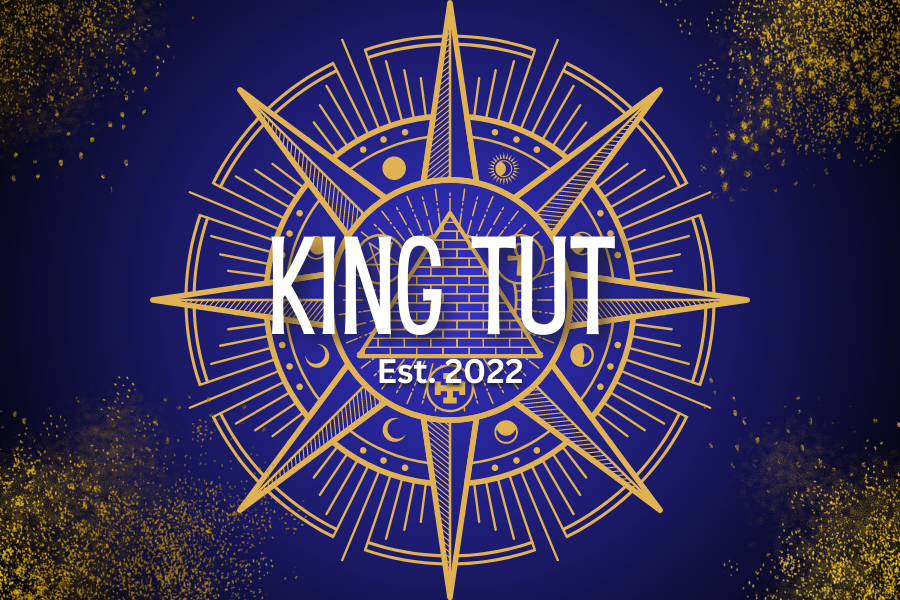



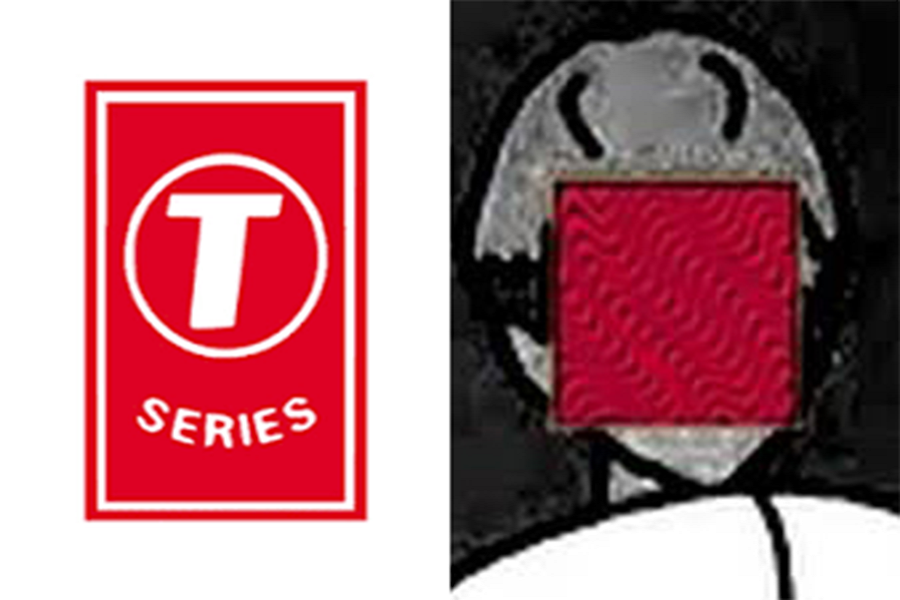




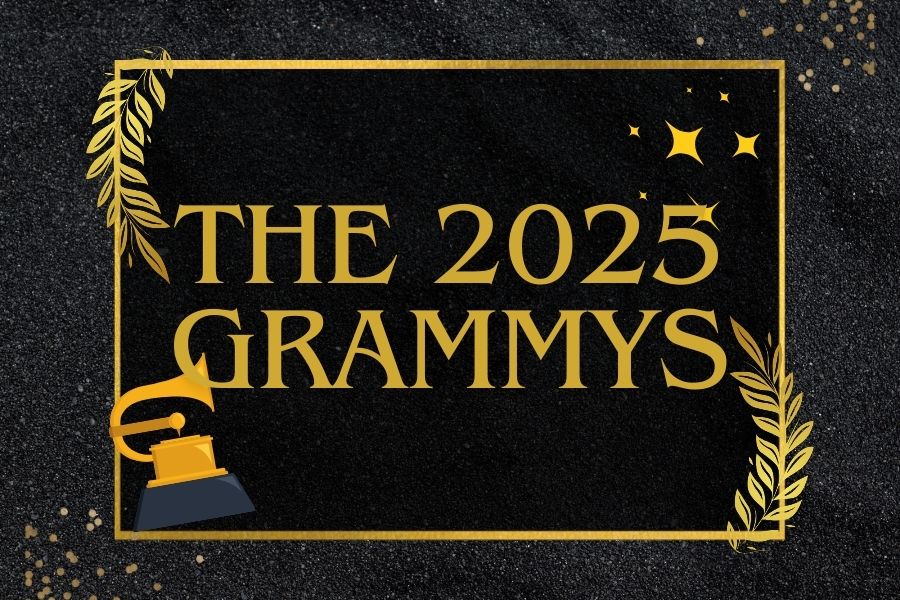


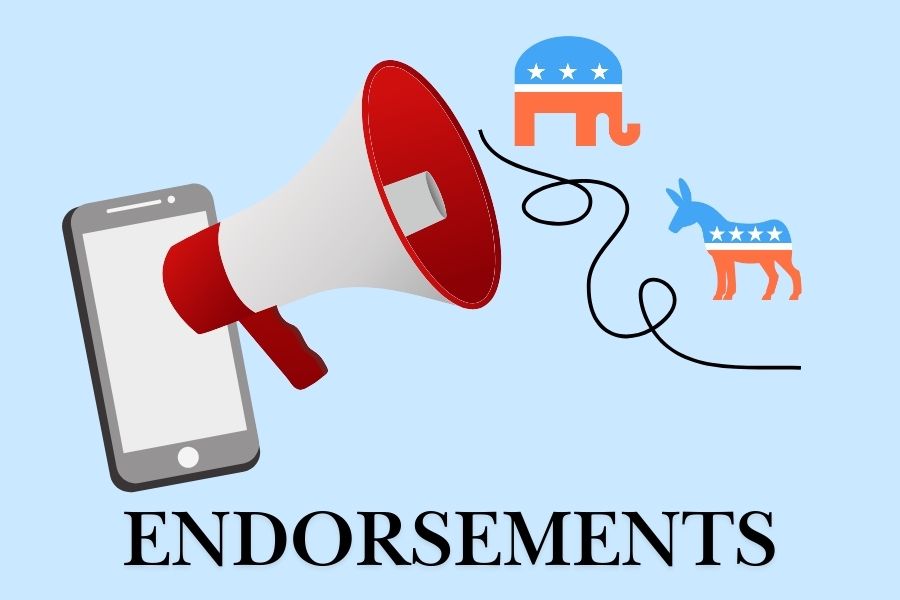


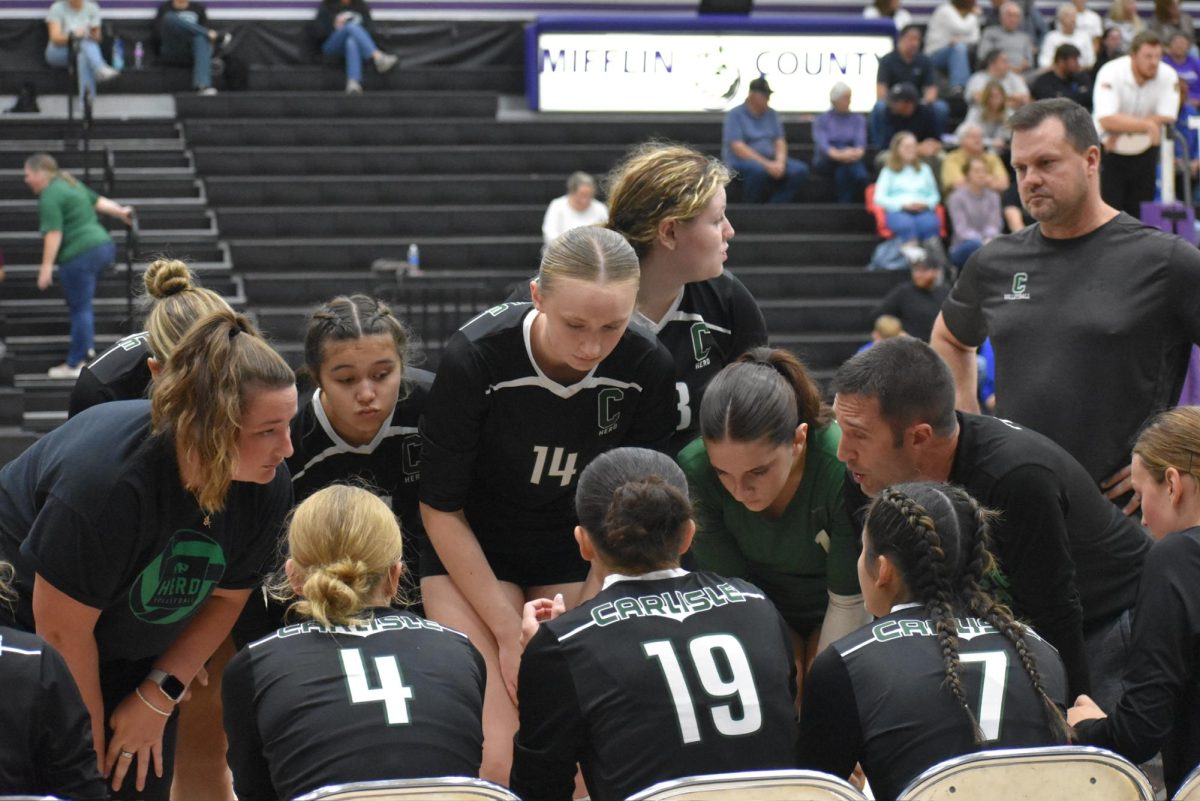

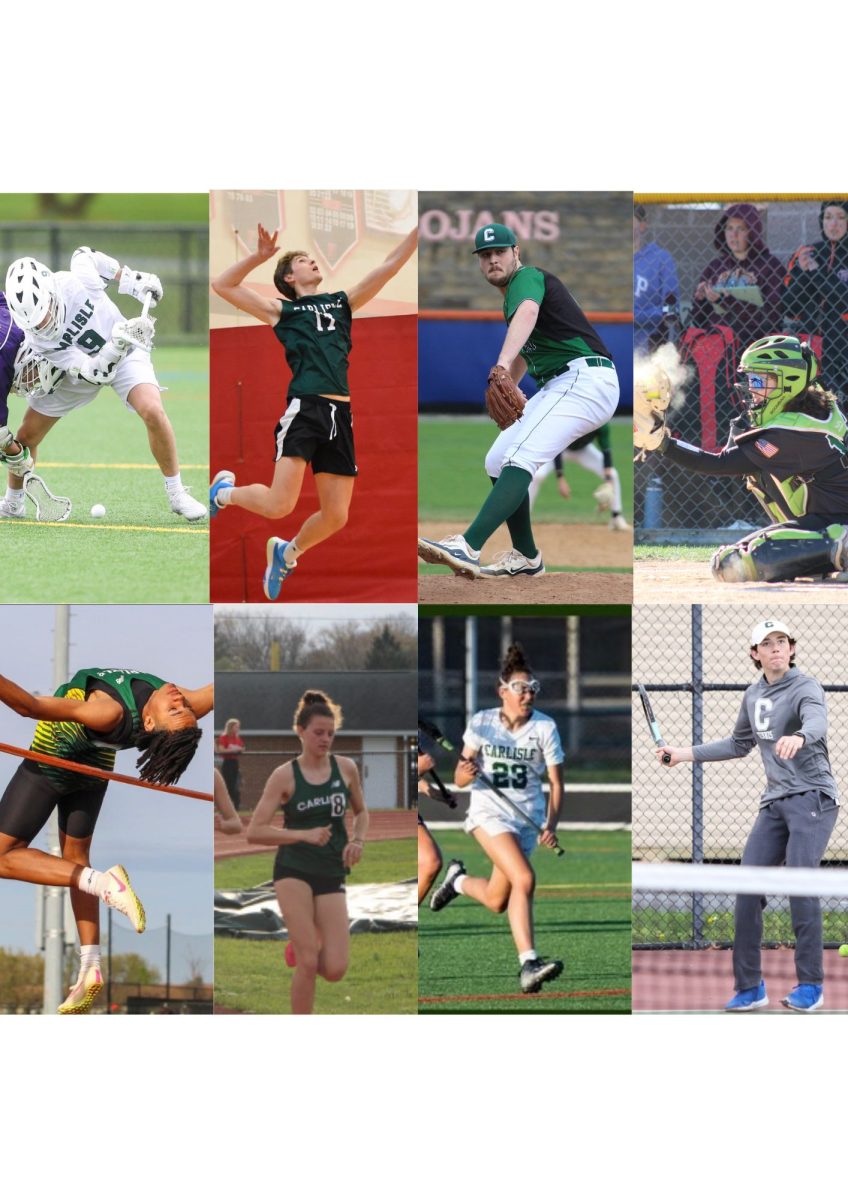


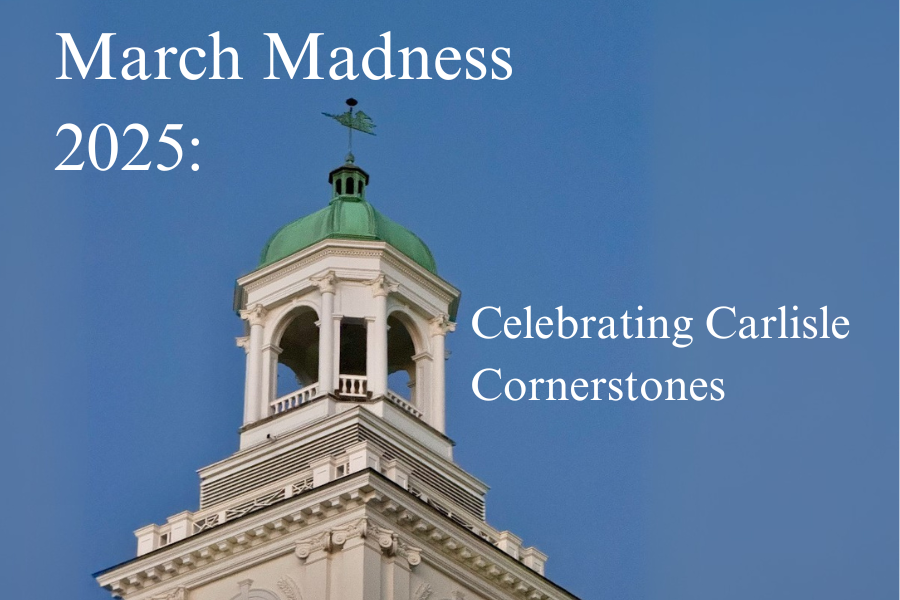









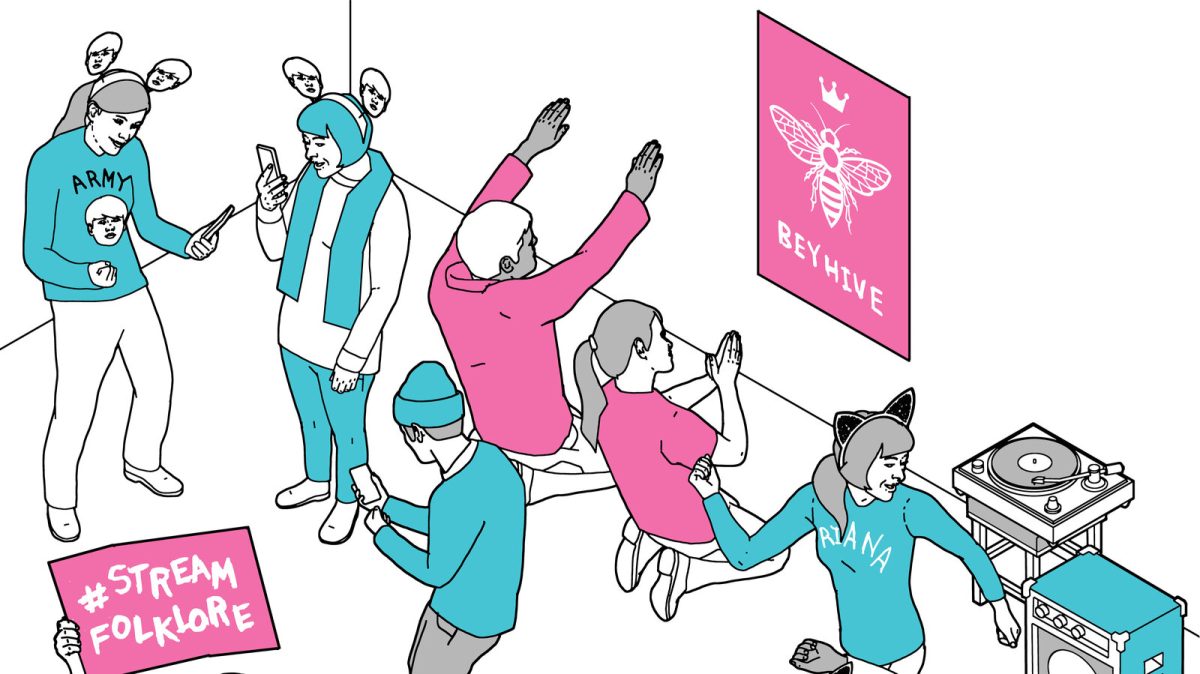
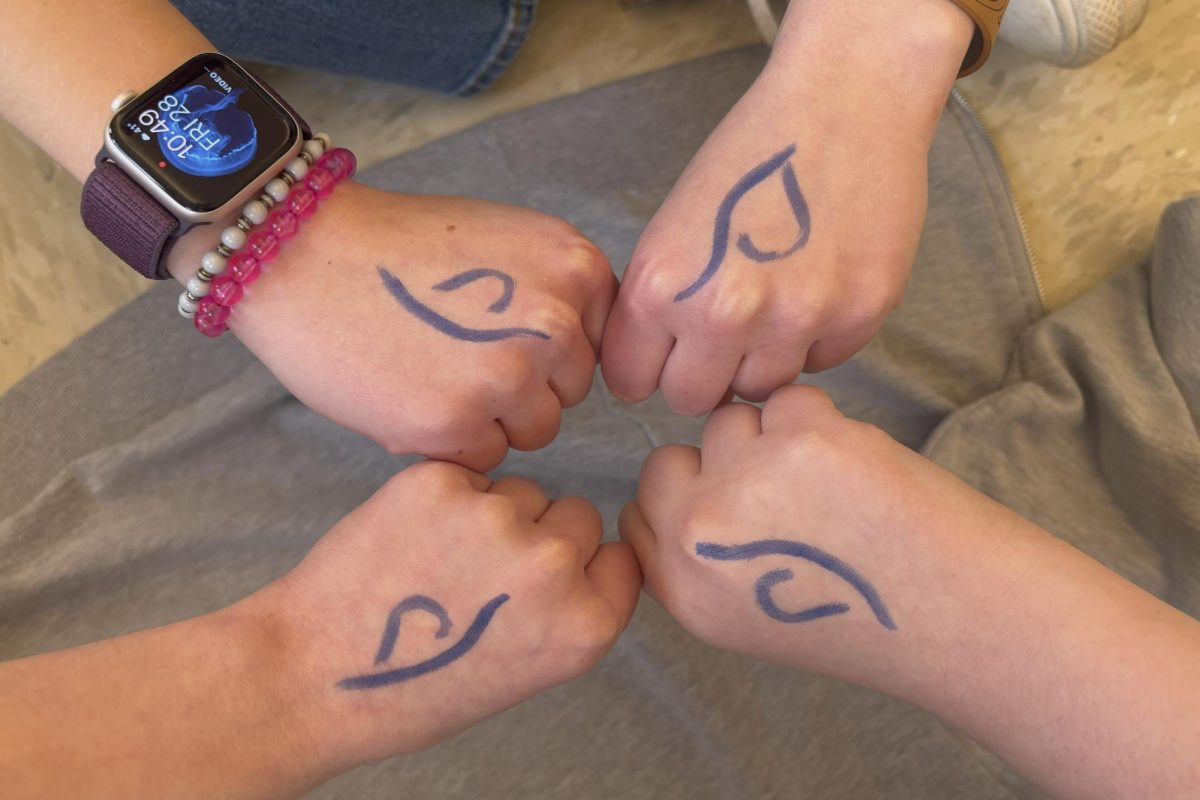

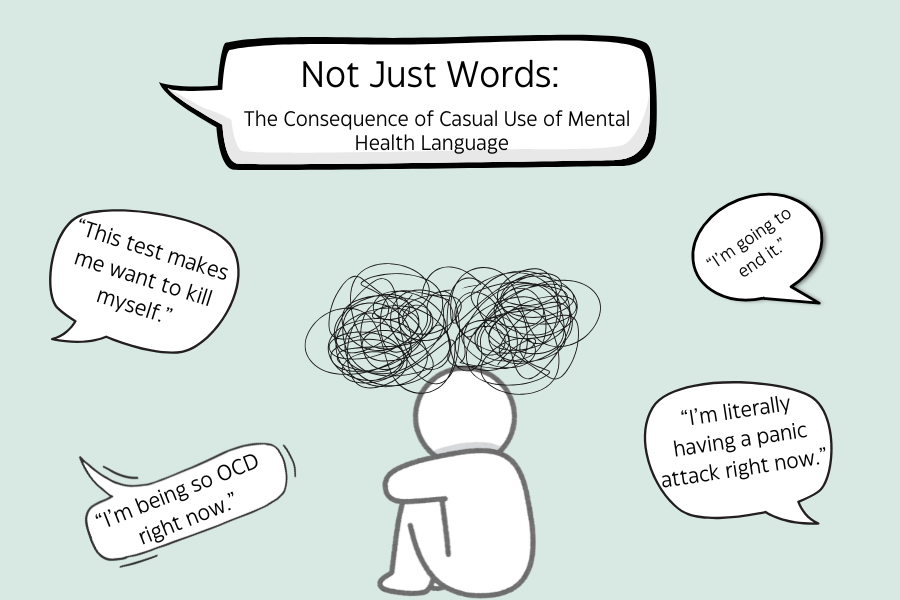














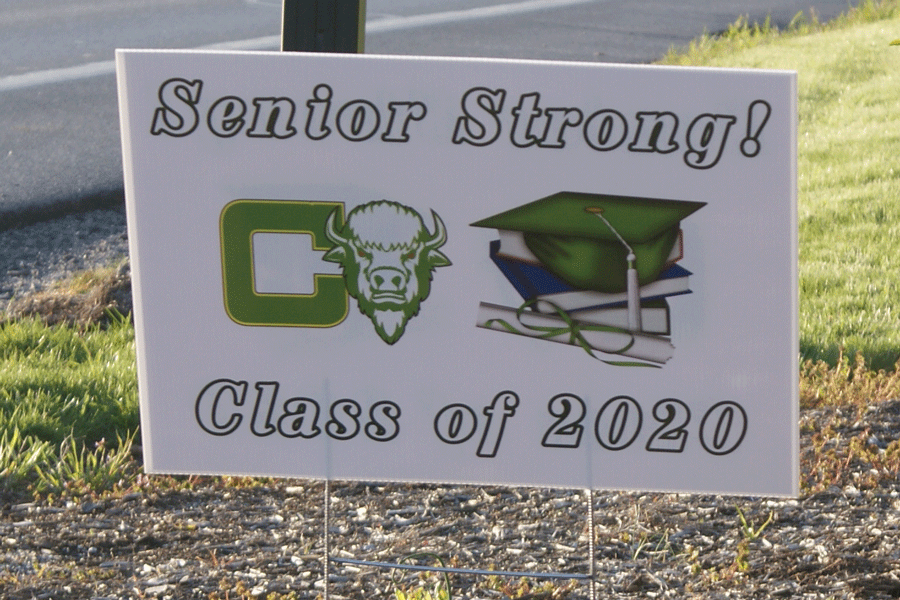







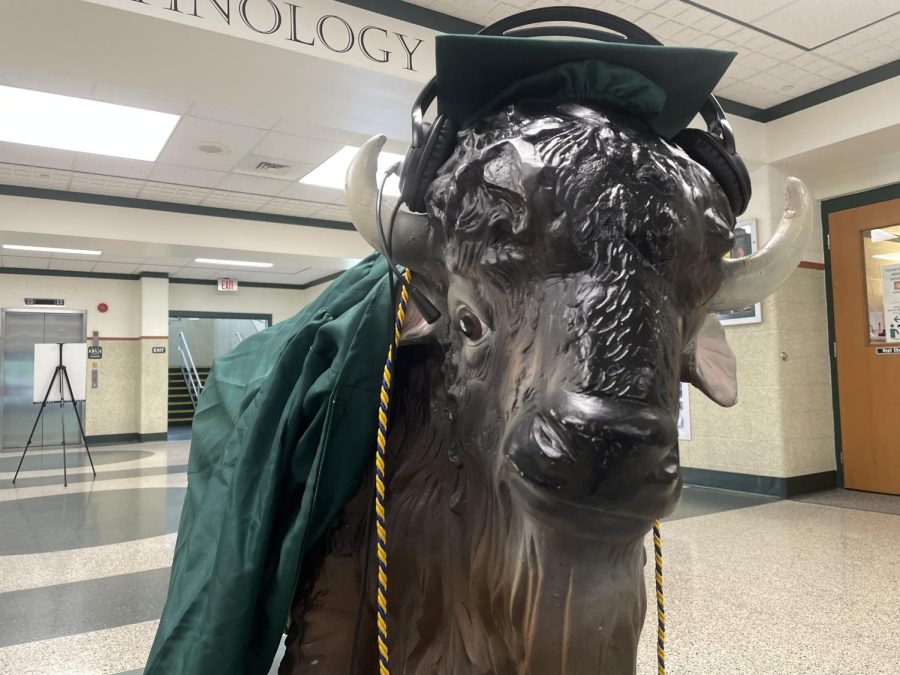

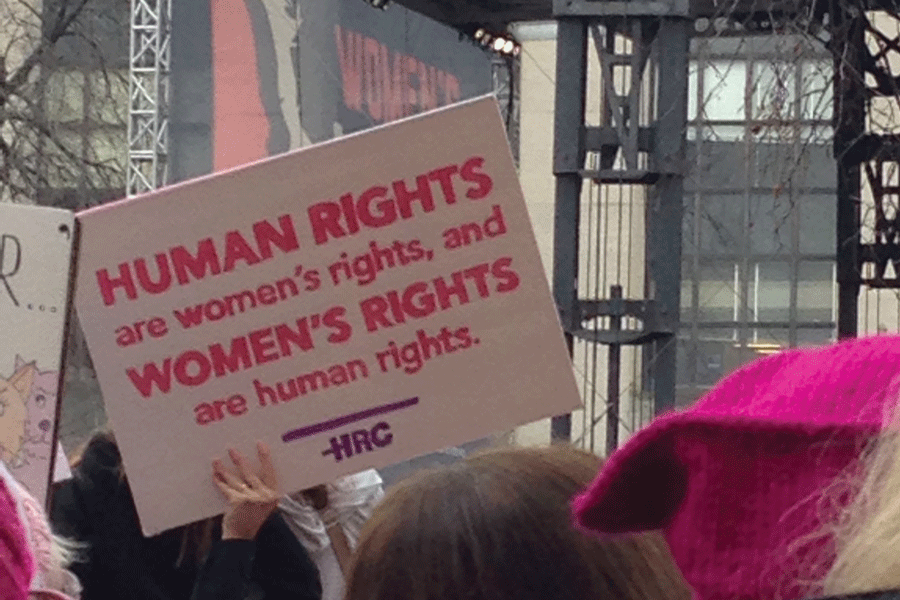
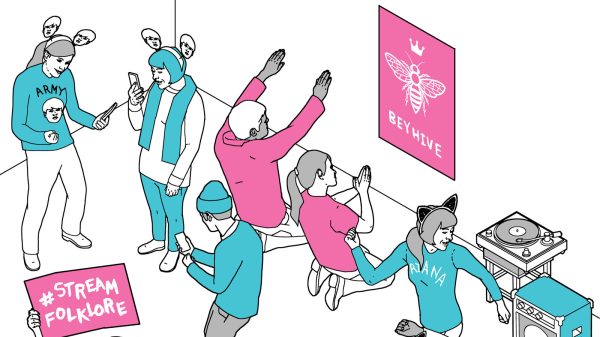
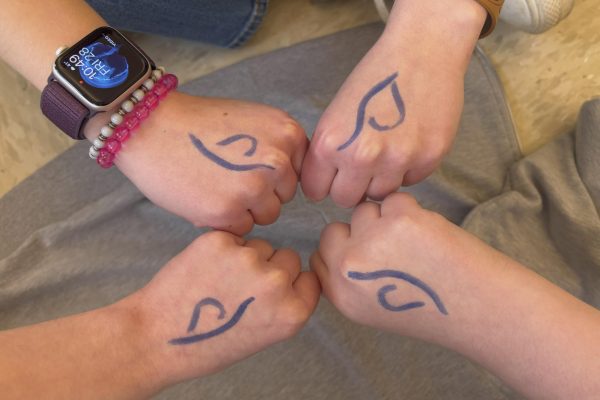

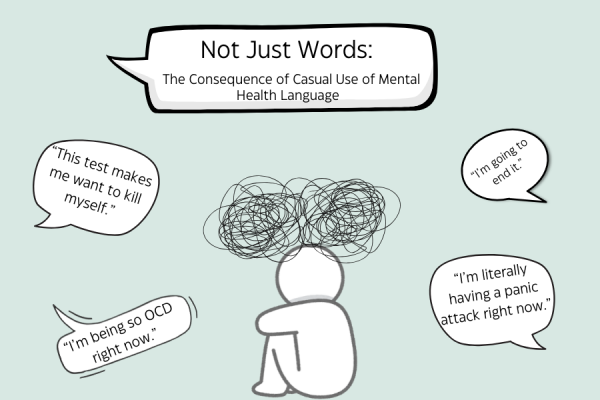
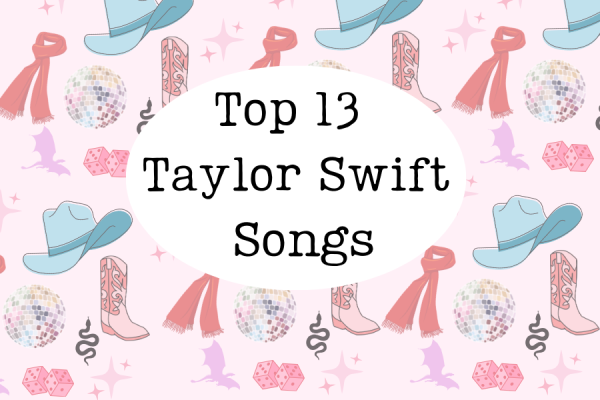



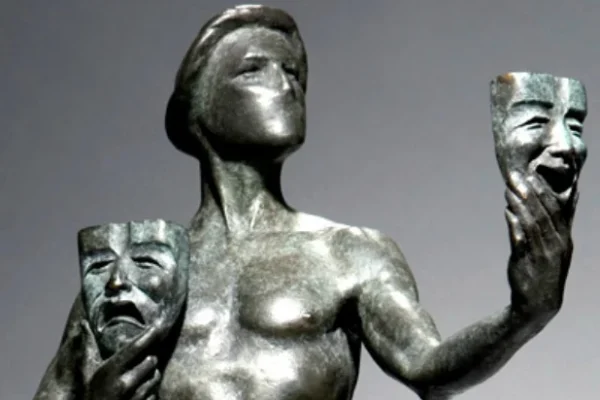
Sam Haseman • Mar 24, 2017 at 3:28 pm
While I am strongly in agreement with the general basis of this article, there’s a few points on it that I think are worth consideration. The first is that the mentioned date of 2040 for wage equivalence has serious statistical flaws; it’s important to remember that it takes into account almost two decades before the 1980s, when women started to enter the workforce in far greater numbers, and as a result the year is much greater than it should be.
The other thing that shouldn’t be forgotten is that the Civil Rights movement–and every movement–has had it’s extremists. While it’s a fine line to toe between staying true to one’s cause and going too far, it’s a challenge that *every* organization has to make. This provides an especially strong opportunity for feminist leaders to look back to the past and see what works and what doesn’t.